Optimal Timing for Lead Paint Testing
Lead paint testing is most effective when performed during specific periods that maximize accuracy and safety. Conducting tests prior to renovations or remodeling projects helps identify potential hazards early. Additionally, testing during periods of low occupancy reduces disruption and allows for thorough assessment.
Testing before renovation ensures that existing lead paint hazards are identified and managed safely, preventing exposure during work.
In routine inspections, testing helps determine if lead hazards are present, especially in older buildings.
Conducting lead paint testing prior to sale complies with regulations and informs prospective buyers about potential risks.
Testing when the property is less occupied minimizes disruption and allows for comprehensive assessment.
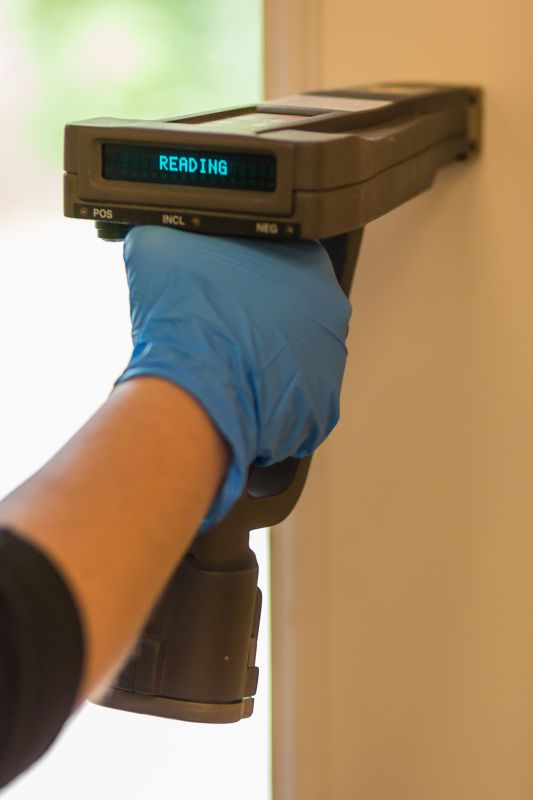
Technicians performing lead paint testing on an interior wall.

A technician collecting paint samples for laboratory analysis.

Close-up of lead testing devices used for non-invasive assessments.

Ways to make Lead Paint Testings work in tight or awkward layouts.

Popular materials for Lead Paint Testings and why they hold up over time.
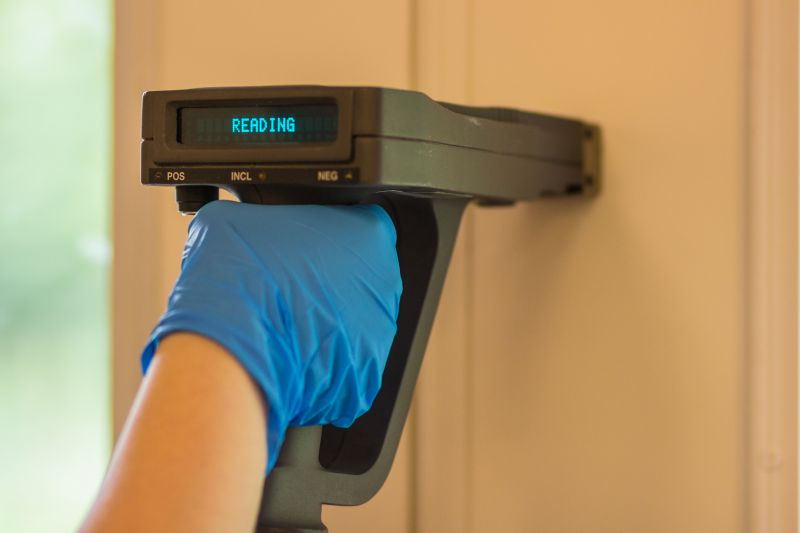
Simple add-ons that improve Lead Paint Testings without blowing the budget.
Lead paint testing is a critical process in identifying the presence of lead-based paint, especially in buildings constructed before the 1978 ban on lead in residential paint. Lead exposure can cause serious health issues, particularly in children and pregnant women. Testing methods include both invasive techniques, such as paint chip analysis, and non-invasive methods like X-ray fluorescence (XRF). Accurate testing helps ensure safety, regulatory compliance, and informed decision-making during property transactions or renovations.
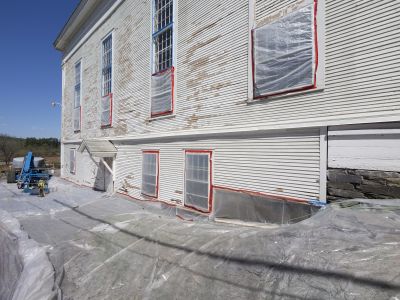
Paint samples analyzed in a lab for lead content.
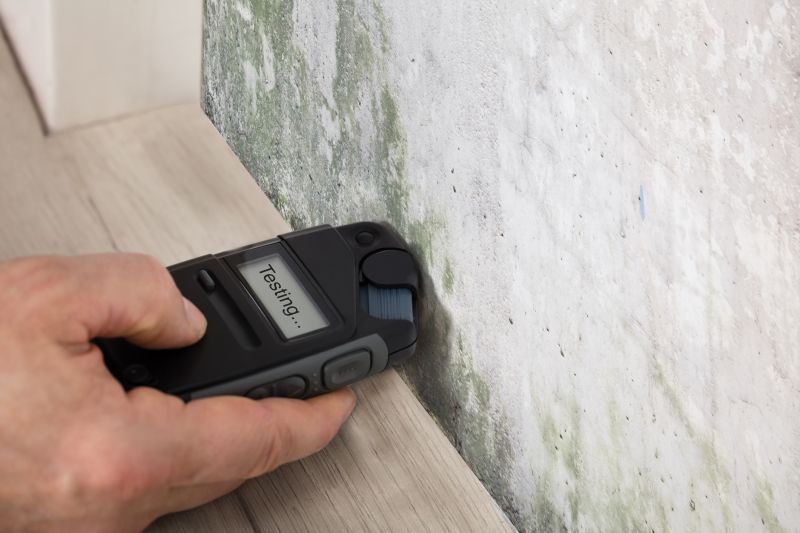
Portable X-ray fluorescence device scanning a wall surface.

Professional inspectors conducting lead testing on-site.
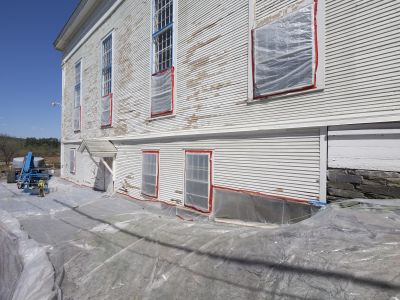
Report detailing lead levels and recommended actions.
| Testing Timing | Key Considerations |
|---|---|
| Pre-Remodeling | Identify lead hazards before work begins to prevent exposure. |
| Routine Inspection | Detect existing lead paint in older buildings. |
| Property Sale | Ensure compliance and inform buyers. |
| Low Occupancy Periods | Minimize disruption during testing. |
| Post-Remediation | Verify hazards have been mitigated effectively. |
Understanding the optimal timing for lead paint testing enhances safety and compliance. Early detection allows for proper planning of removal or containment procedures, reducing health risks and legal liabilities. Regular testing in buildings with a history of lead paint ensures ongoing safety, especially when renovations or occupancy changes occur.

Various devices used for conducting lead assessments.
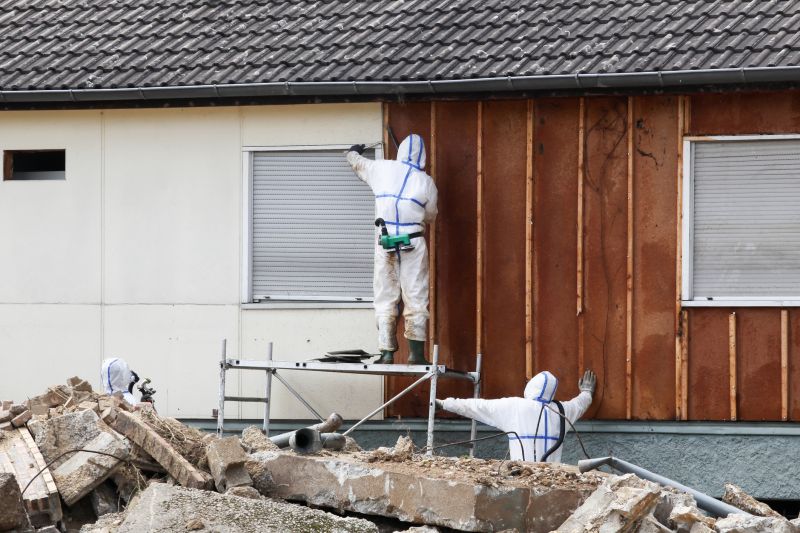
Lead testing performed during renovation work.
Individuals interested in lead paint testing can contact professionals to schedule assessments at appropriate times. Proper timing and thorough testing are essential for maintaining safety standards and ensuring regulatory compliance in residential and commercial properties.
